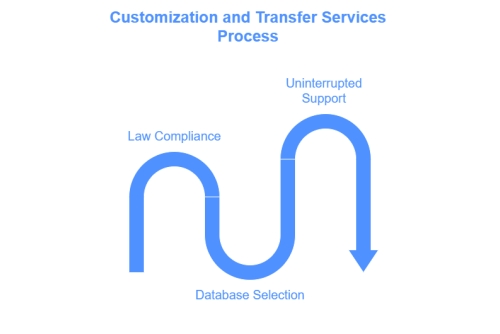Retail stores around the world are focusing on reducing operational expenses and checkout time by deploying self-checkout systems. Additionally, the incorporation of such systems also increases the in-store productivity of retail outlets and saves labor costs by automating the work of cashiers and clerks. Moreover, these systems also assist retailers in maintaining overall output and efficiency of the purchasing process, while fulfilling the expectations of customers. Thus, the surging focus of retail store owners on providing a better customer experience will accelerate the adoption of self-checkout systems in the foreseeable future.
In addition, the soaring popularity of contactless payment is expected to drive the self-checkout systems market at an exceptional CAGR of 10.7% during the forecast period (2018–2023). The market was valued at $2,522.1 million in 2017 and it is projected to generate $4,642.7 million revenue by 2023. Contactless payment is usually done through smartphones and near-field communication technology (NFC)-enabled payment options. In recent years, the integration of NFC and radio frequency identification (RFID) in self-checkout systems has become a major market trend.
In the coming years, retail stores will show a high inclination toward wall-mounted and countertop cashless and cash-based self-checkout systems to offer a better customer experience, owing to the availability of limited space in small stores. Additionally, healthcare facilities, hotels, restaurants, retail stores, entertainment arenas, and travel spaces can also opt for standalone cash and cashless systems to improve their operations and enhance customer experience. In the preceding years, cashless self-checkout systems were preferred over cash variants due to the rapid digitization of end use industries.
The retail store segment of the self-checkout systems market is classified into convenience stores, supermarkets and departmental stores, hypermarkets, and others, such as pharmacies, grocery stores, and other small-sized stores. Under this segment, the hypermarkets category accounted for the largest market share in 2017, due to the large footfall of customers in these stores. Whereas, supermarkets and departmental stores and convenience stores are expected to exhibit significant growth throughout the forecast period, owing to the surging focus of these stores on reducing waiting time for shoppers and tackling labor shortage.
In recent years, self-checkout system manufacturers, such as ITAB Group, International Business Machines (IBM) Corporation, Pan-Oston, Diebold Nixdorf Incorporated, Olea Kiosks Inc., PCMS Group Ltd., Fujitsu Limited, NCR Corporation, and Toshiba TEC Corporation, have opted for product introduction, partnerships, and facility expansions to meet the needs of the travel, retail, healthcare, hospitality, and entertainment industries. For example, in May 2018, NCR Corporation introduced a web-based analytics system, named Horizon, for the retail sector. This system allows retail store owners analyze data generated from self-checkout queues and provide recommendations for improvement of operations.
According to P&S Intelligence, the North American region accounted for the largest share in the self-checkout systems market in 2017 due to the early adoption of advanced technologies and the presence of major players in the U.S. and Canada. Whereas, the Asia-Pacific (APAC) market is expected to register the fastest growth during the forecast period. This will be on account of the increasing focus of retail stores of India, China, and Japan on advanced technologies to allow human-free checkouts.
Therefore, the surging focus of the retail sector on providing improved customer experience and the rising popularity of contactless payment will facilitate the adoption of self-checkout systems in the upcoming years.
Read More: https://www.psmarketresearch.com/market-analysis/self-checkout-systems-market












